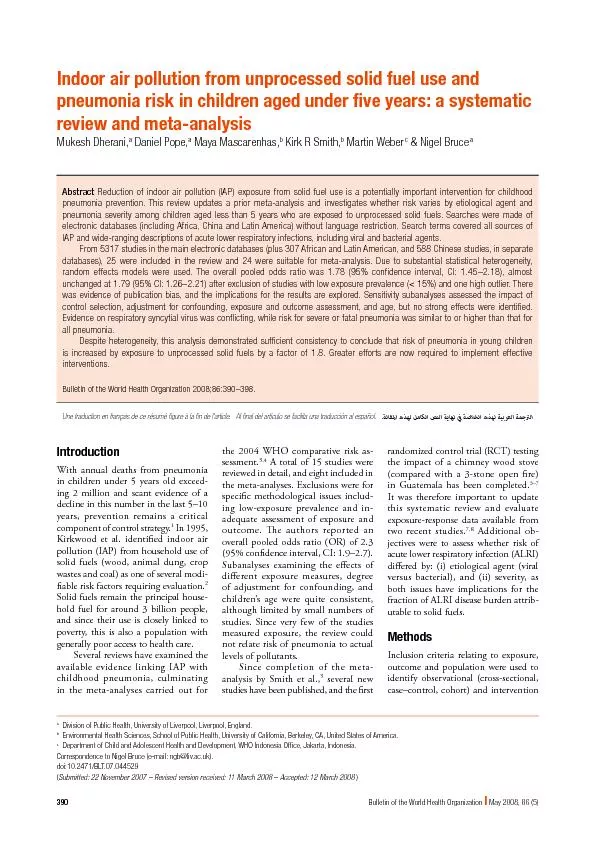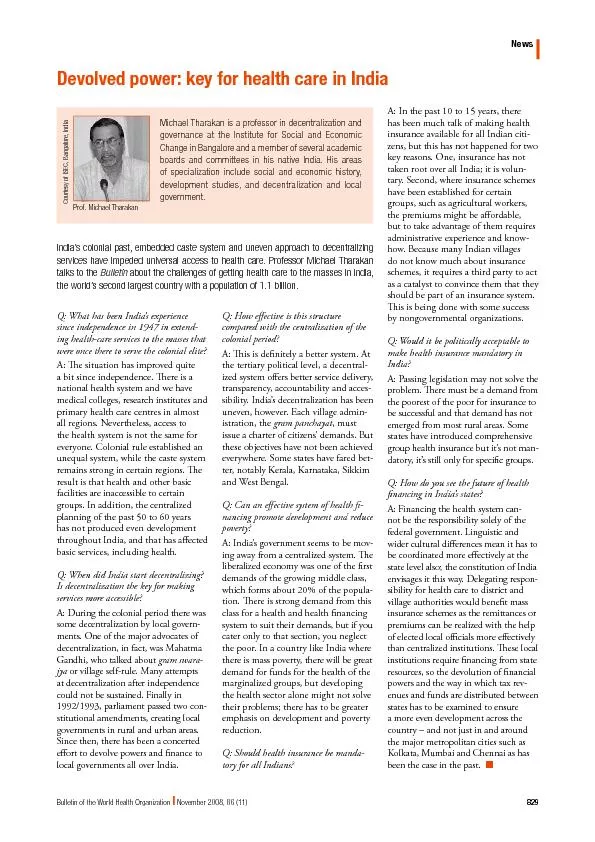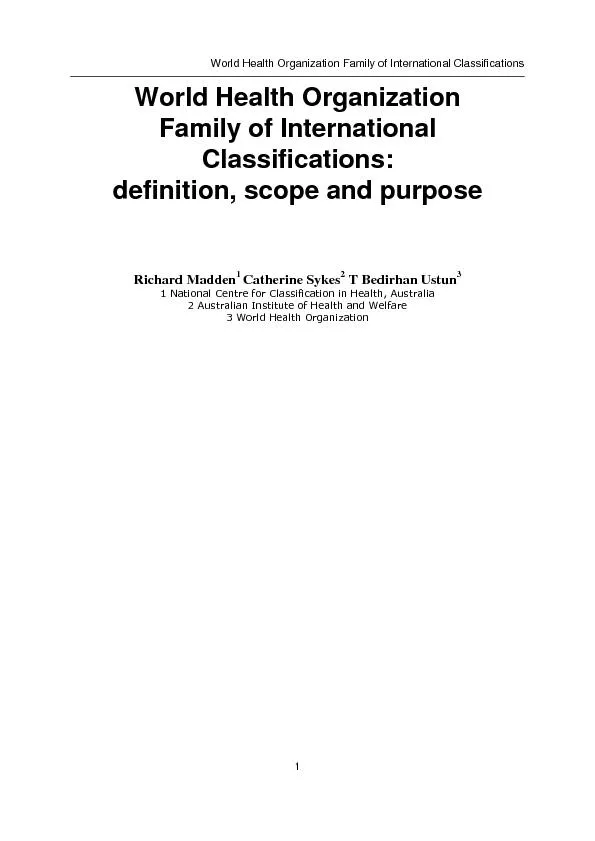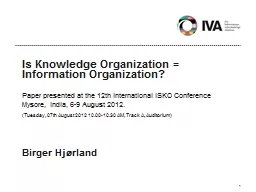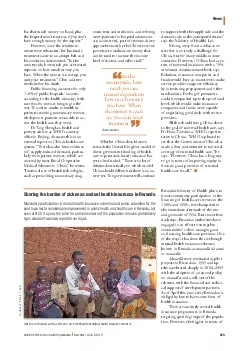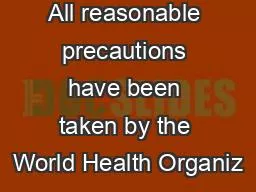PDF-Bulletin of the World Health Organization
Author : debby-jeon | Published Date : 2016-08-19
390 May 2008 86 5 Indoor air pollution from unprocessed solid fuel use and pneumonia risk in children aged under ve years a systematic review and metaanalysis Mukesh
Presentation Embed Code
Download Presentation
Download Presentation The PPT/PDF document "Bulletin of the World Health Organizatio..." is the property of its rightful owner. Permission is granted to download and print the materials on this website for personal, non-commercial use only, and to display it on your personal computer provided you do not modify the materials and that you retain all copyright notices contained in the materials. By downloading content from our website, you accept the terms of this agreement.
Bulletin of the World Health Organization: Transcript
Download Rules Of Document
"Bulletin of the World Health Organization"The content belongs to its owner. You may download and print it for personal use, without modification, and keep all copyright notices. By downloading, you agree to these terms.
Related Documents

